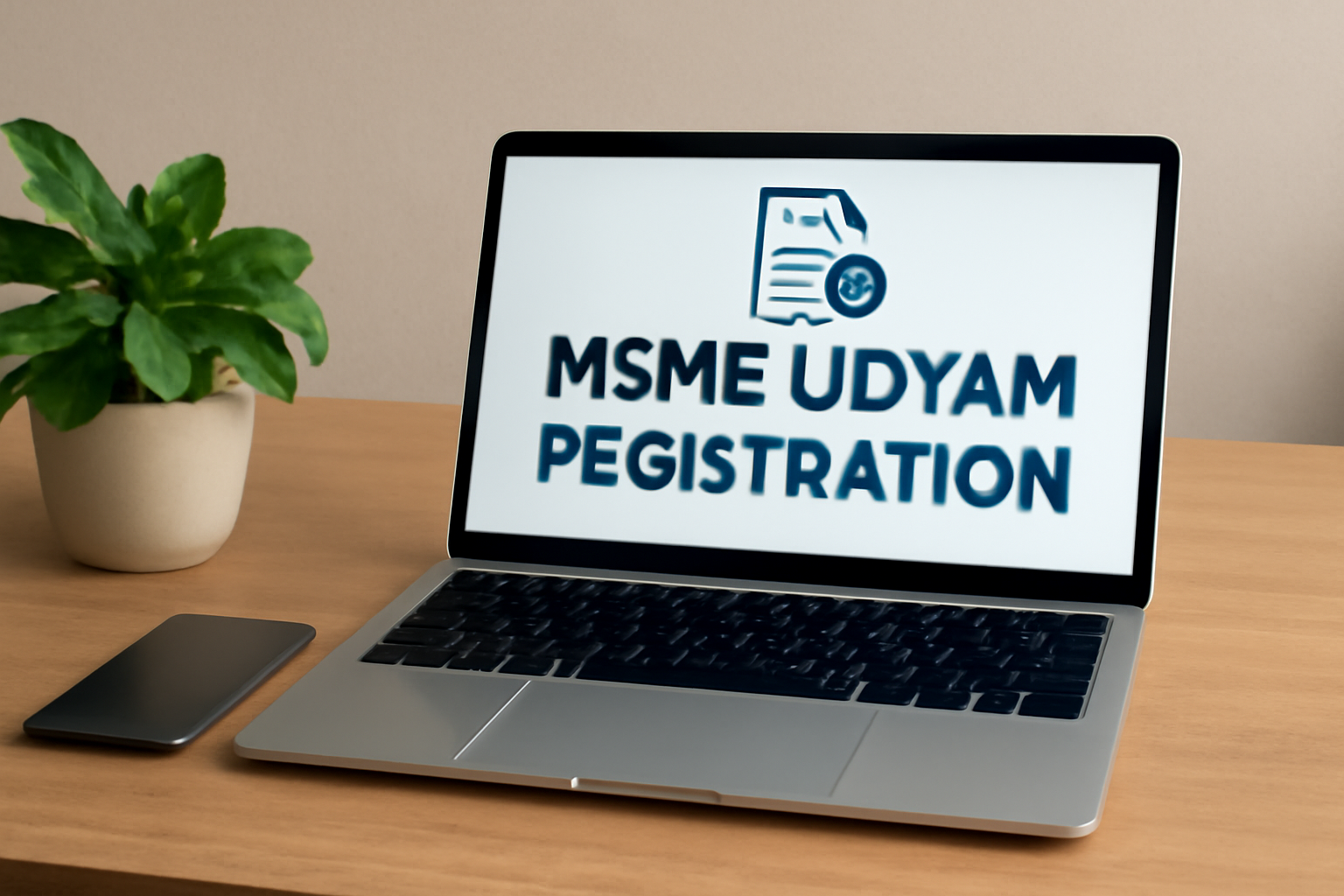Starting your own business is one of the most exciting decisions you can make—whether you’re opening a retail shop, launching a consultancy, offering services, or selling online. And if you want a simple structure to get going, a sole proprietorship is the easiest way to start.
In this blog, we’ll walk you through everything you need to know about registering a proprietorship firm in India, step by step.
What Is a Sole Proprietorship?
A proprietorship firm is a business owned and run by a single individual. It’s not a separate legal entity from the owner, which means you are the business. Profits, liabilities, decisions—everything is yours.
It’s the most common form of business in India, especially among:
- Retail shop owners
- Freelancers and consultants
- Small traders and service providers
- Online sellers
Advantages of a Sole Proprietorship
- Easy to start and operate
- Low compliance and cost
- No mandatory audits if turnover is low
- Full control over decisions
- Tax filing is simple (file as an individual)
Step-by-Step Guide to Register a Proprietorship Firm in India
Even though there’s no formal government-issued registration certificate for sole proprietorships, you still need a combination of documents to make it legal and operational. Here’s how:
Step 1: Choose a Business Name
Pick a unique and professional name. Make sure:
- It doesn’t clash with existing trademarks or companies
- It reflects your business activity
- You can get a matching domain name if needed
You can trade under your personal name too, but a business name gives better identity.
Step 2: Get a PAN Card (if you don’t already have one)
Your Personal PAN card is used for all tax purposes. You don’t need a separate PAN for the firm.
If you’re hiring employees, apply for TAN (Tax Deduction Account Number) later.
Step 3: Open a Current Bank Account in the Firm’s Name
Banks require proof that your business exists. Provide:
- PAN card
- Aadhaar card
- Two business proofs (see Step 5)
- Passport-size photo
- Business letterhead (optional but helpful)
Step 4: Register Under MSME (Optional but Recommended)
Registering your proprietorship as an MSME (Udyam Registration) brings benefits:
- Easier access to loans
- Government subsidies
- Preference in tenders
- Faster approvals from institutions
👉 Apply at: https://udyamregistration.gov.in
Step 5: Get Any One of the Following as Proof of Existence
Banks, clients, and government departments may ask for a proof of business activity. You can use one or more of these registrations:
1. GST Registration (mandatory if turnover > ₹40 lakh or doing inter-state trade)
Apply at: https://www.gst.gov.in
2. Shop and Establishment License
Issued by the local municipal corporation for physical shops, offices, or commercial places.
3. Trade License (if applicable)
Especially for specific industries like food, healthcare, manufacturing, etc.
4. Professional Tax Registration (in applicable states)
If you’re employing people or earning a certain amount, states like Maharashtra require this.
Step 6: Maintain Simple Accounts & File ITR
Even though a proprietorship has minimal compliance, you still need to:
- Maintain basic income and expense records
- File Income Tax Returns (ITR-3 or ITR-4)
- Deduct and pay TDS if applicable
- Comply with GST filing if registered
Documents Required for Sole Proprietorship Registration
| Document Type | Details Needed |
|---|---|
| Identity Proof | PAN card, Aadhaar card |
| Address Proof | Electricity bill, rent agreement, etc. |
| Business Address Proof | Utility bill + NOC (if rented) |
| Business Activity Proof | GST / MSME / Shop License (any one) |
| Bank Proofs | Cancelled cheque, bank account letter |
Tools You Can Use
- Udyam Portal – MSME registration
- GST Portal – For tax-related registrations
- MCA site – For checking name availability (optional)
- Google Workspace / Zoho – For creating professional email IDs
- Payment gateways – Razorpay, Instamojo, etc. for receiving payments
Things to Keep in Mind
- You don’t need to register with MCA or get a Certificate of Incorporation
- You cannot issue equity shares or raise VC funding under a proprietorship
- Business ends with the death or retirement of the proprietor
- There’s unlimited liability—you are personally responsible for all losses or debts
Final Thoughts: Simple, Smart, and Straightforward
A proprietorship is ideal when you’re starting small and want full control. You can register it quickly, operate with low compliance, and grow at your own pace.
Whether you’re opening a kirana store in Lucknow or selling handmade bags online from Manipur, this structure gives you the freedom to start fast without paperwork hassles.
Just follow the steps above, stay compliant, and scale when you’re ready.
If you have any queries, reach out to Startbharat for more information.



